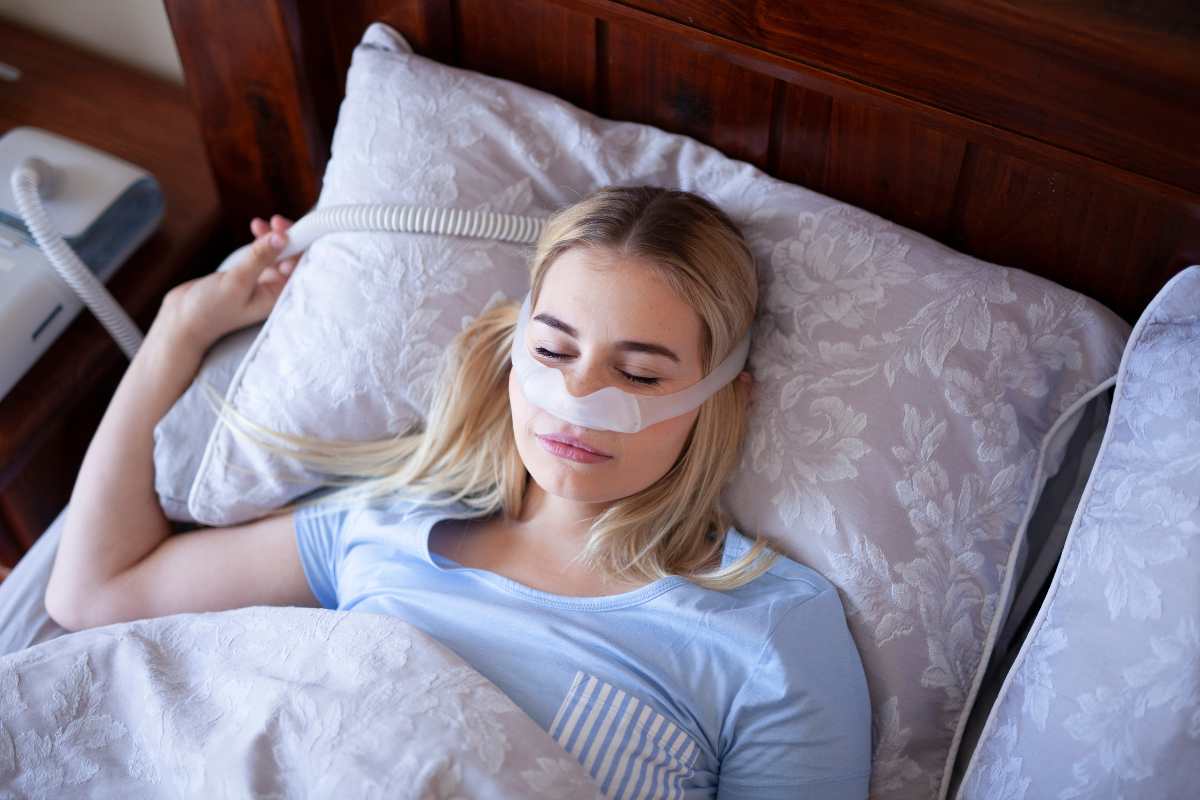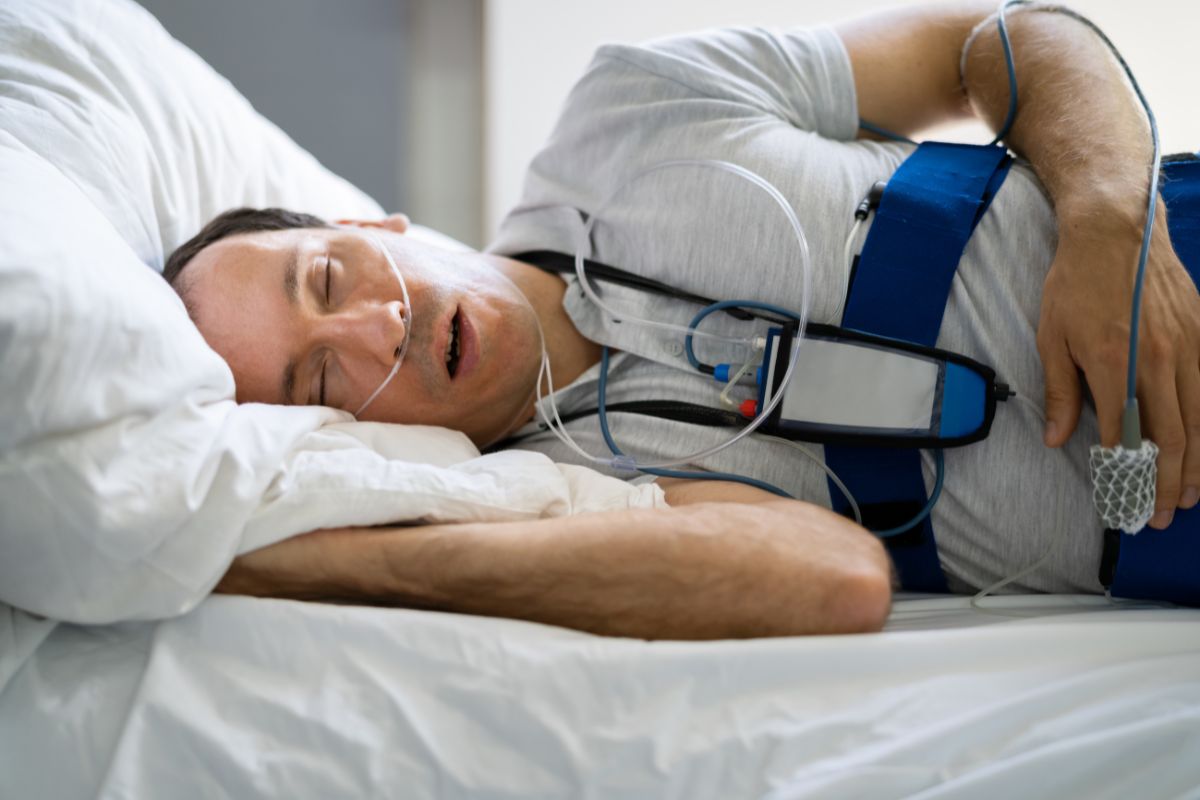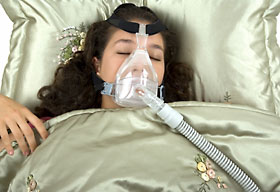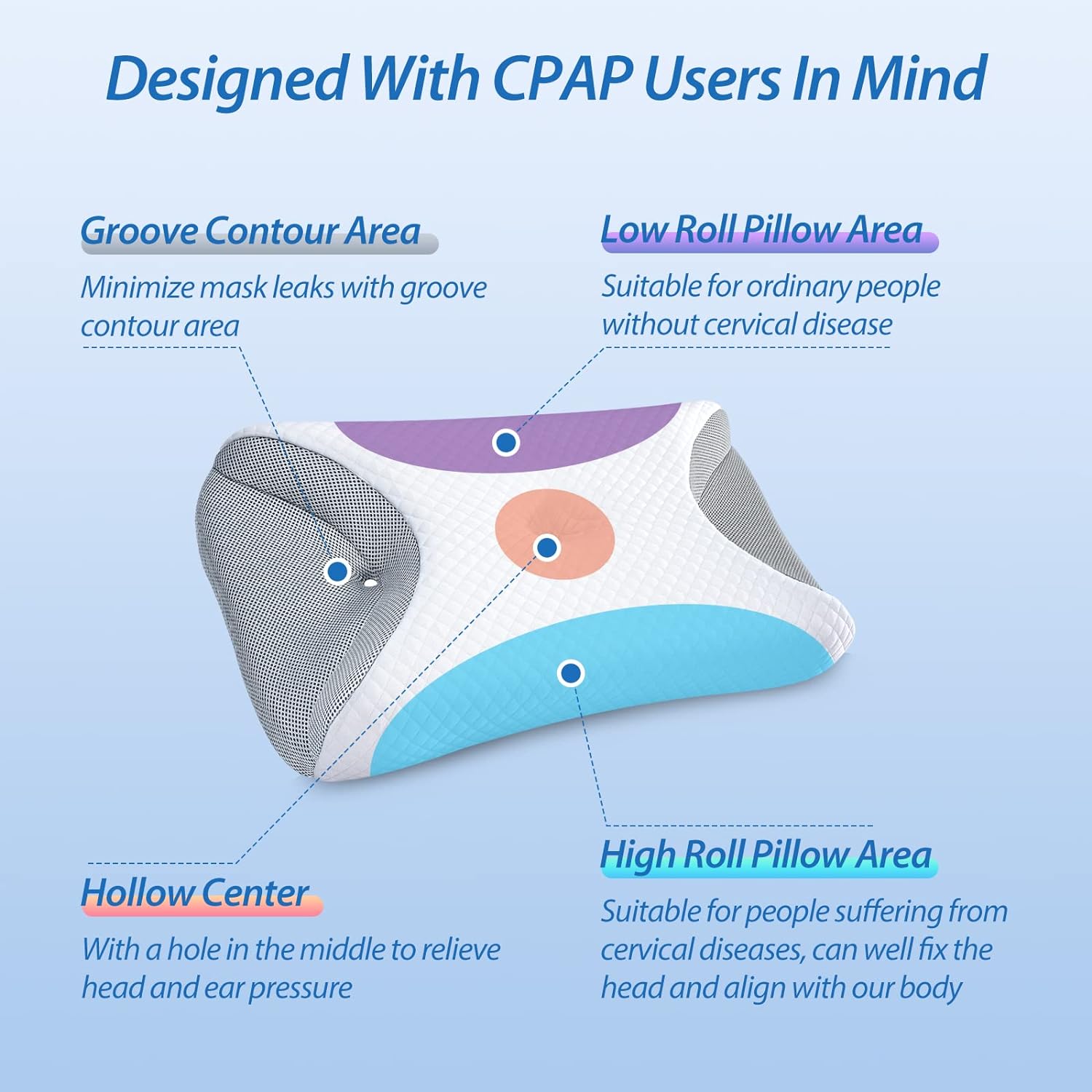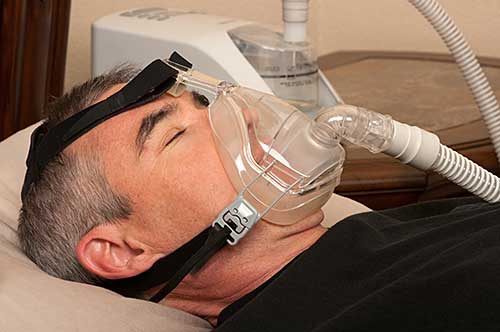Let's take a look at the pillar procedure for sleep apnea and what is involved
The sleep apnea pillar procedure is relatively new. It was approved by the US Food and Drug Administration in October of 2004. Since that time, a number of doctors have begun to use this less invasive technique.
The most common treatment is the use of a Continuous Positive Airway Pressure or CPAP device.
These devices “push” air into the patient’s throat, which puts pressure on the soft palate and helps keep the breathing passages opened.
The soft palate tissues are located in the hind section of the roof of the mouth, directly in front of the opening to the throat. In many cases, it is the relaxation of these tissues that interferes with normal breathing. The vibration of the tissues is responsible for snoring.
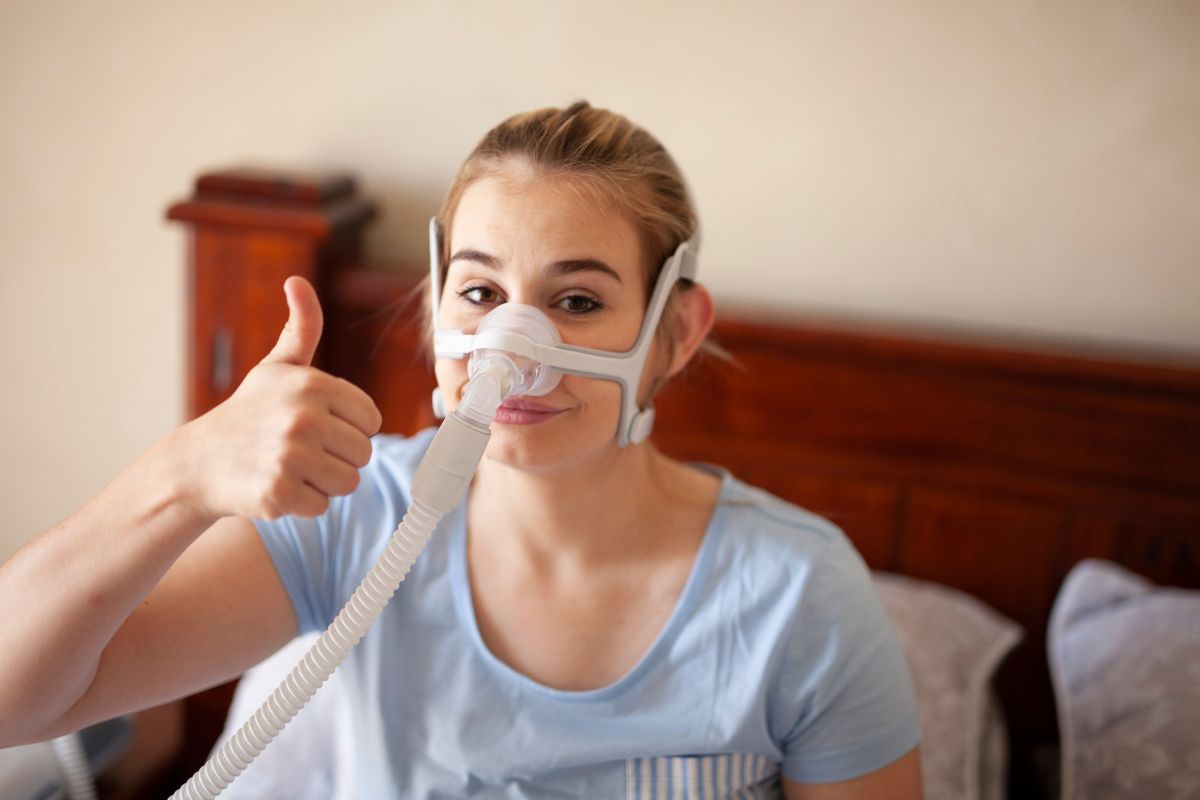
The amount of pressure necessary for a CPAP to be effective varies according to the severity of the breathing problem.
Researchers at the Department of Otolaryngology (ear, nose and throat specialists) at Mellino Mellini Hospital in Italy reported in 2009 that patients have trouble sleeping with the CPAP devices when high pressure is needed.
It is easy to understand how forced air could make it difficult to fall asleep. But without some treatment, there is the risk of low blood oxygen levels.
The sleep apnea pillar procedure is approved for use in cases that are mild to moderate. It is not usually recommended for severe cases. But, the Italian researchers thought that it might be beneficial.
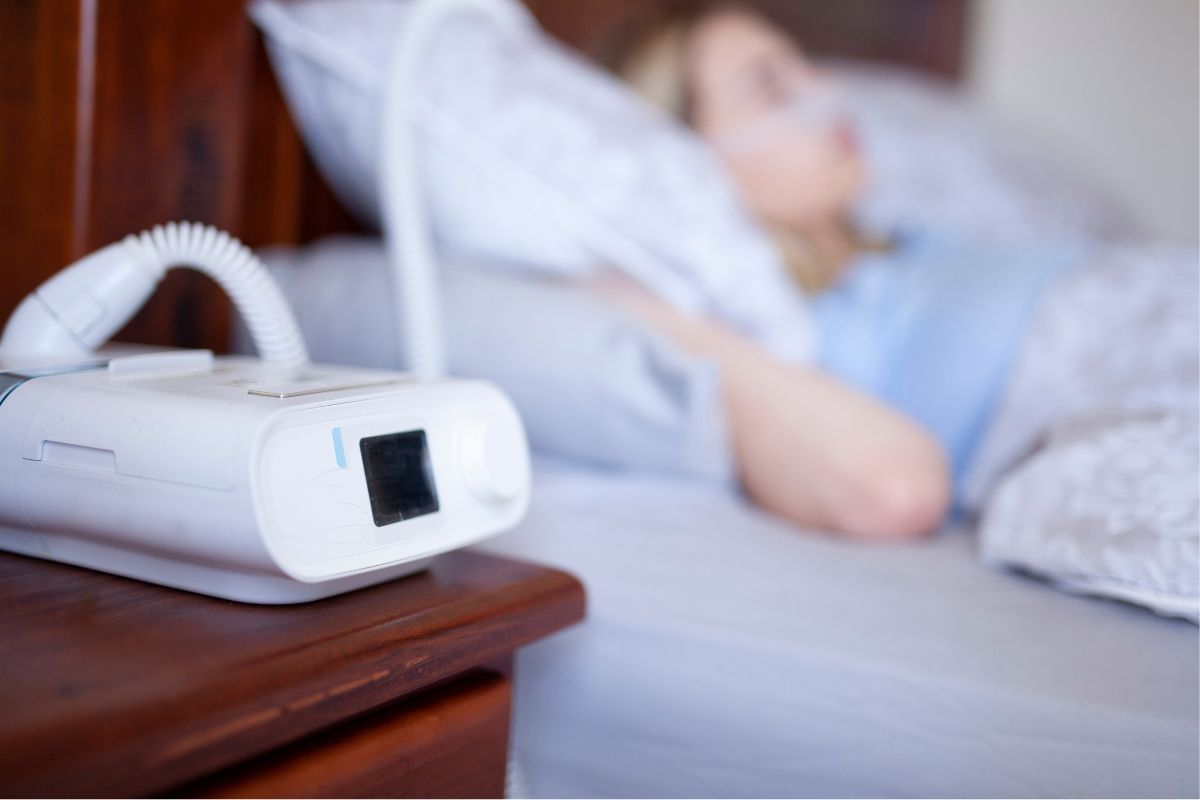
The system is used to stiffen the soft palate tissue, which should make it possible to reduce the pressure necessary to achieve results with a CPAP device. The 21 volunteers participating in the study were able to use less pressure after the implants were inserted.
It seems that the researchers were correct in their theory. But, as is the case with many scientific studies, they concluded that further studies were needed to evaluate the long-term results for severe cases.
The sleep apnea pillar procedure is considered very safe. It takes only about 30 minutes to insert the implants, which are reminiscent of three pillars…hence the name.
The technique is performed in the surgeon’s office.

The patient leans back in the chair as if the teeth were being cleaned. A local anesthetic is injected into the roof of the mouth. This can sting of course. There is a slight risk of allergic reaction to the anesthetic, but it is much safer than a general anesthetic.
The sleep apnea pillar procedure involves inserting the three implants one at a time.
The insertion device is disposable. There should be no need to remove the rods unless the tip of the implant begins to protrude through the soft tissues. That is the most common complication. When it occurs, the single rod can be replaced.
There may be some swelling and there is a risk of infection, similar to what accompanies a dental procedure. Most surgeons prescribe antibiotics for post-op care and regular rinsing with an antiseptic solution to reduce the chances of infection.
Until the introduction of the sleep apnea pillar procedure, the most effective surgical procedure was Maxillomandibular advancement or MMA, which involves surgically moving the jaw forward.
The biggest risk of MMA has to do with the necessity for anesthesia and sedation. Small amounts of the drugs can remain in the body for several days following the surgery. This is sometimes enough to cause life-threatening breathing irregularities or collapse of the patient’s airway. Because of this, patients must be closely monitored in a hospital environment following the surgery.
While the sleep apnea pillar procedure does not work for everyone, it is a safe alternative to MMA.


